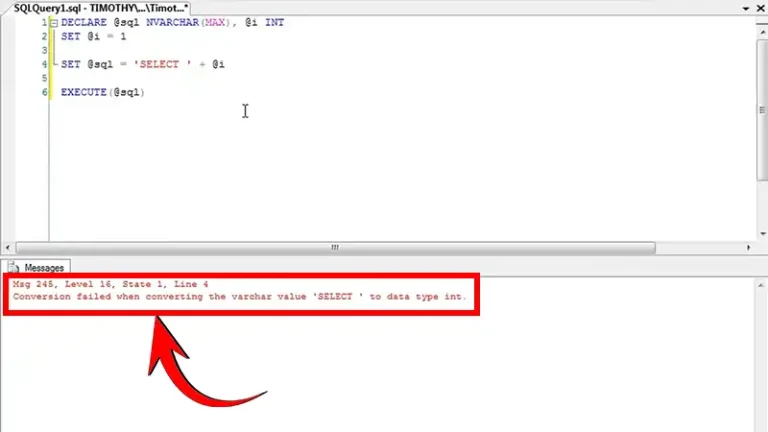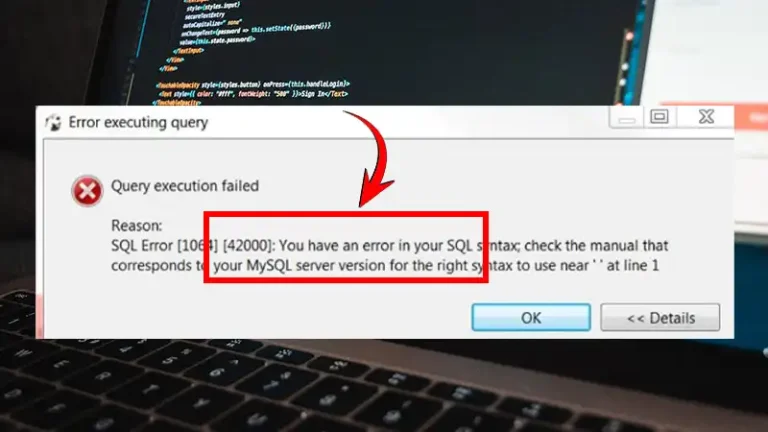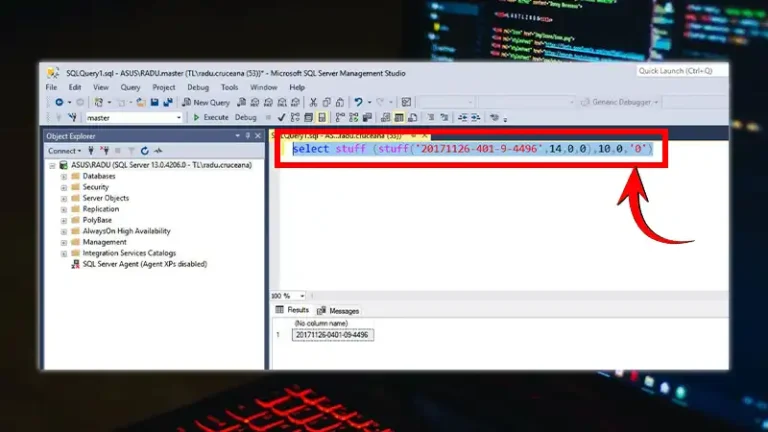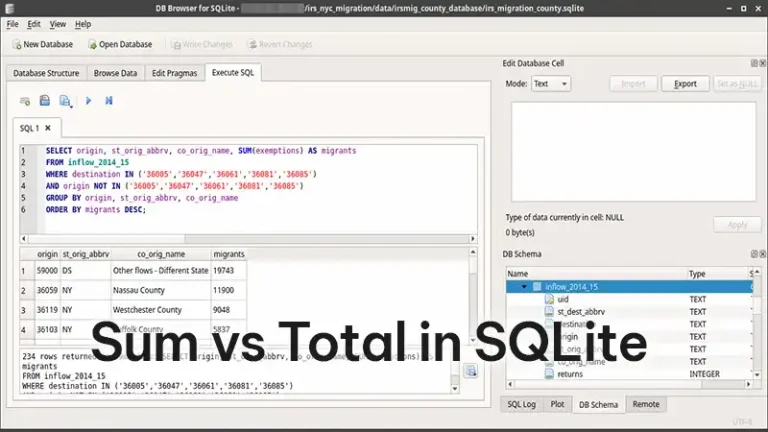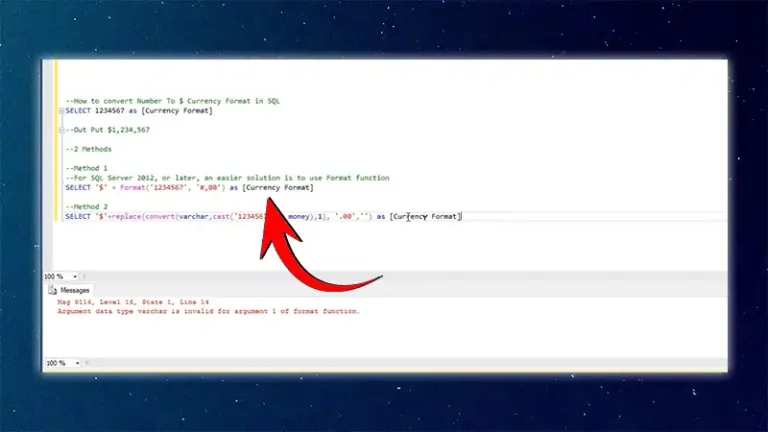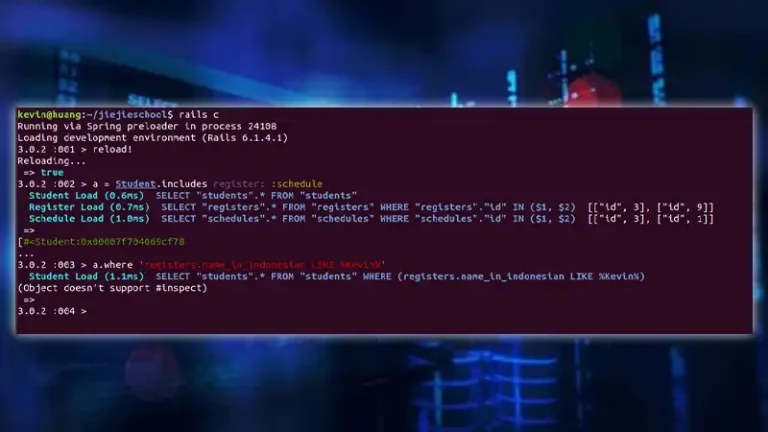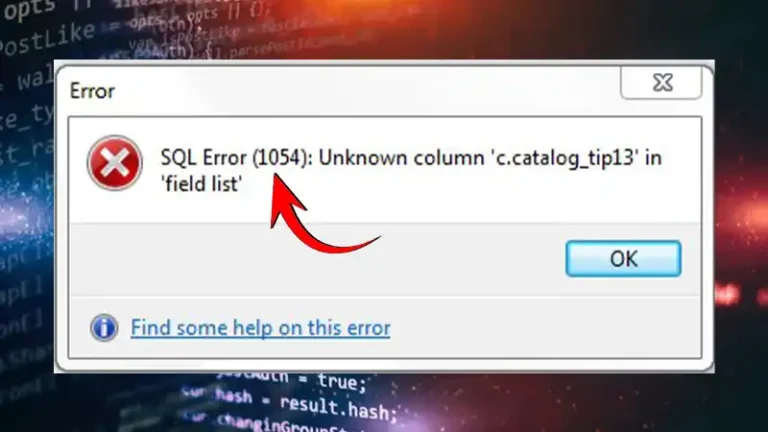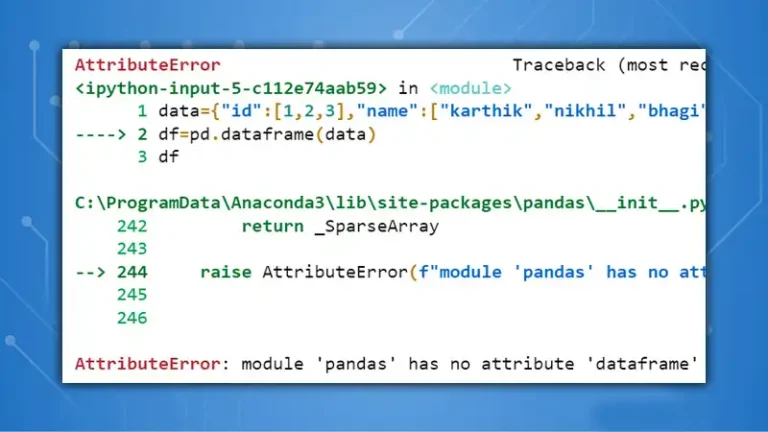Conversion Failed When Converting the varchar Value to Data Type int | Solved
When encountering the error message “conversion failed when converting the varchar value to data type int,” it’s typically an indication that there’s an attempt to convert a string (varchar) value into an integer (int) type, but the conversion process has failed due to incompatible data types. This error often arises in SQL queries, especially when…

